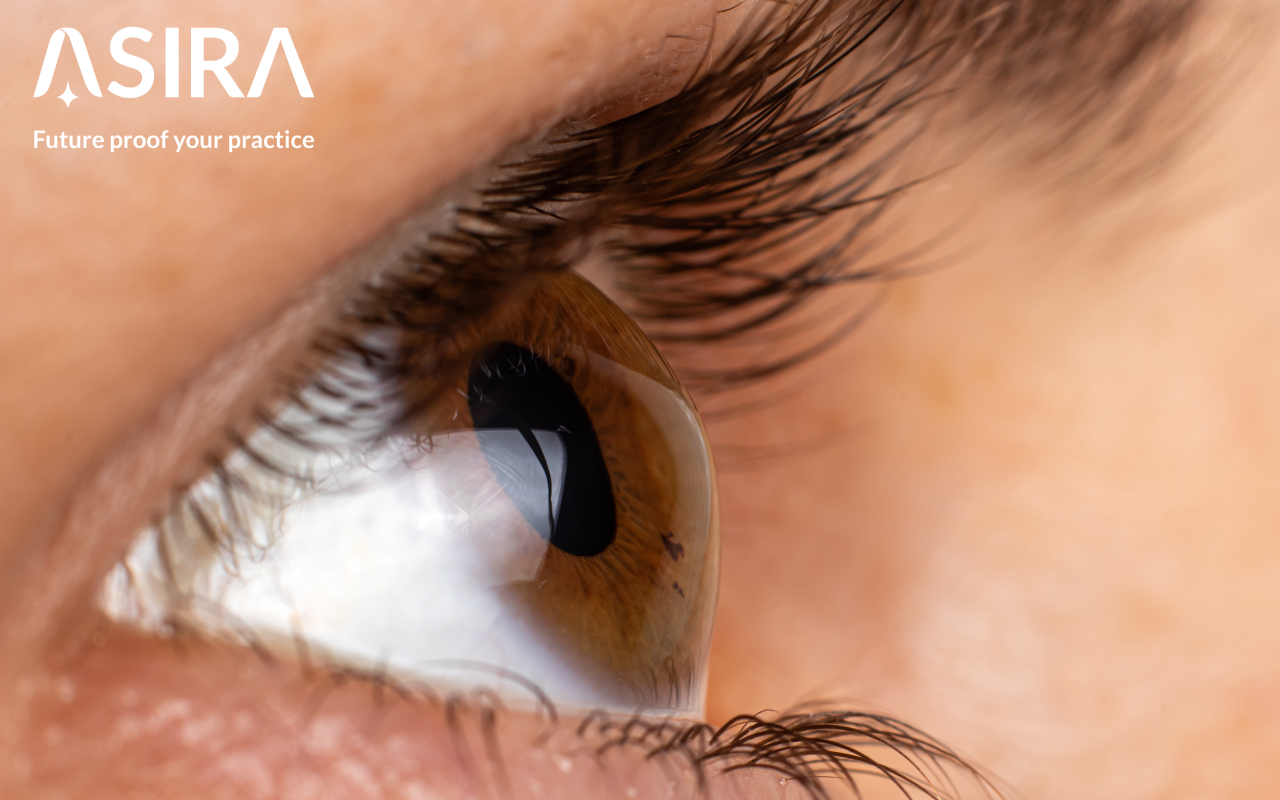7 Simple Steps for Detecting Early Keratoconus
Keratoconus is a type of corneal ectasia, can present as early as mid to late teens and is potentially blinding if not detected and treated early. So what are the warning signs for a potential keratoconus patient? Here are 7 simple steps to ensure you can competently manage keratoconus.

Keratoconus is a type of corneal ectasia, can present as early as mid to late teens and is potentially blinding if not detected and treated early. The prevalence of keratoconus in India is just over 2%, which is higher than the middle east, Europe and Africa, and typically affects a younger population. So what are the warning signs for a potential keratoconus patient? Here are 7 simple steps to ensure you can competently manage keratoconus.
Step 1. History taking
There is a genetic element in keratoconus, therefore it is important to find out if there is a family history. Also, make sure you ask about allergies. Keratoconus is more prevalent among atopic individuals because they are typically eye rubbers! Listen carefully to their symptoms as well. Headaches, poor concentration and poor quality of vision such as glare and starburst effects could well point to early keratoconus. Keratoconus patients may also report that their spectacle prescription keeps changing frequently and their vision is always fluctuating.
Step 2. Refraction
Refracting a keratoconus patient is challenging! First thing is to look out for a scissor reflex on retinoscopy! That can be a tell-tale sign of an irregular cornea. On your subjective refraction, the patient will probably send you round and round in circles while trying to find the cylinder and you may or may not reach an end point.
Step 3. Slit lamp evaluation
At very early stages, it might be difficult to see signs of keratoconus, however, still look out for striae and central corneal thinning in an optic section. Advanced keratoconus is much easier to spot as you’ll see an obvious Munsen’s and possibly some central scarring or hydrops.
Step 4. Pachymetry
A diagnosing factor of keratoconus is central corneal thinning, so be sure to measure the central corneal thickness.
Step 5. Corneal topography
As we know, the Pentacam is GOD as far as diagnosing keratoconus goes. However, your placedo-based topographer can give you plenty of information, especially to differentiate between regular and irregular astigmatism. If you’re seeing something other than your hourglass or butterfly pattern on topography, it could be keratoconus.
Step 6. REFER
If you suspect keratoconus, it is essential that the patient visits a corneal surgeon as soon as possible. Collagen corneal cross linking is very effective in stopping keratoconus progression and maintaining vision.
Step 7. Contact Lenses
Spectacles normally do not provide very good quality vision in keratoconus patients, so contact lenses are a better option. There are a huge variety of contact lenses especially designed for keratoconus, including soft, Corneal RGP, Corneo-scleral, hybrid and scleral lenses. It is imperative to get specially trained to fit these lenses so you can take care of your keratoconus patients as well as expand your practice!
Conclusion
Remember, keratoconus patients are young and have their whole life ahead of them, so our priority is to ensure that they can sustain a good quality of life, therefore, early detection and treatment is key.
ASIRA is a simple and secure, cloud-based software tool, built BY optometrists FOR optometrists, that helps eye care professionals reduce the time and effort required to maintain clinical records, schedule appointments, generate bills, manage inventory and much more!
To find out more, visit www.asira.health and sign up for a 30-Day FREE TRIAL! If you're a new practice owner or a fresh graduate thinking of entrepreneurship, visit www.asira.health/optompreneur to learn how ASIRA can help reduce your costs and increase revenue.

